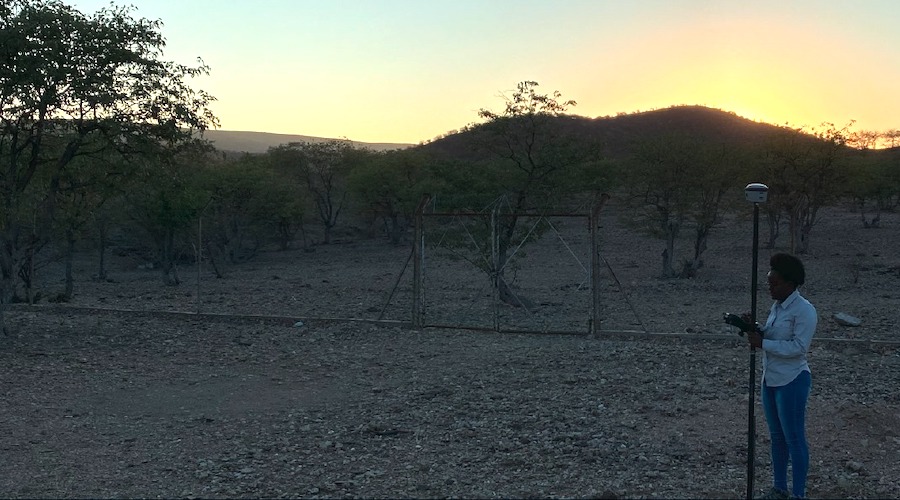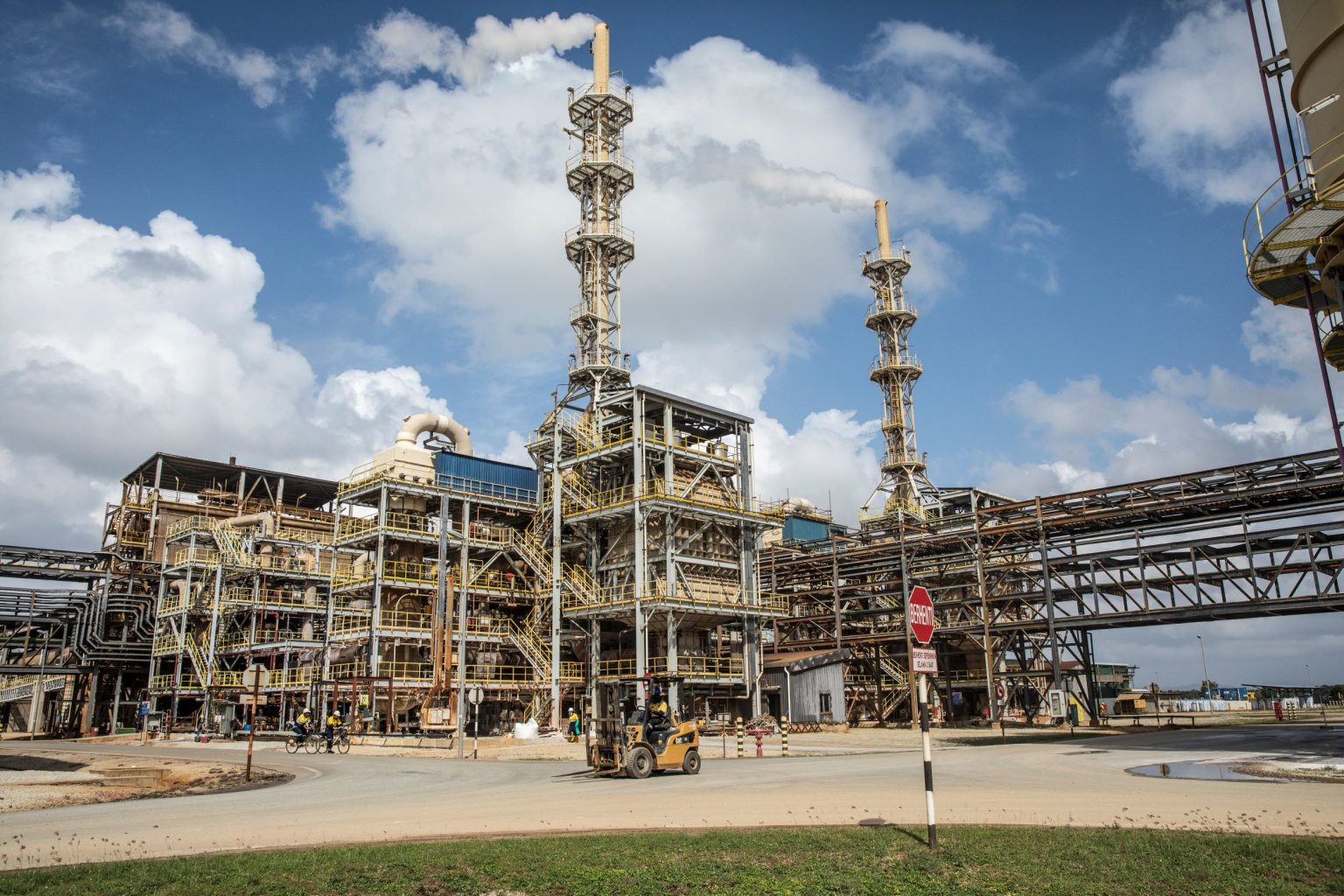African rare earth projects moving forward despite challenges – report

A recent report by Roskill commends the efforts by a number of African countries to establish a diversified rare earths supply chain but points out that developing projects that satisfy all parties involved comes with several challenges.
According to the market analyst, it is likely that most of such emerging projects will involve the export of rare earth mineral concentrates to other refining and separation facilities around the world.
As examples, Roskill put the spotlight on Rainbow Rare Earths’ Gakara development in Burundi which, despite being small scale (262-375,000 tonnes high-grade veins at 7-12% TREO and 252-342,000 tonnes low-grade Breccia at 1.0-1.5% TREO), has made encouraging announcements, such as their distribution agreement with ThyssenKrupp Material Trading and their co-operation agreement for downstream processing with TechMet.
Similarly, the market analyst brought to the forefront Australia’s Peak Resources, whose management announced on July 22, 2021, that the Tanzanian government has approved the special mining licence application needed to go ahead with the Ngualla rare earth project, considered one of the largest and highest grade undeveloped neodymium and praseodymium projects in the world.
Despite the positive moves, Roskill makes a point of the possibility of government interventions derailing project development, as it has happened in the past
The SML will provide the exclusive right to conduct mining operations at Ngualla, which is located in the southern part of the country and has a total mineral resource estimate of 214.4Mt at 2.15% REO, for a contained 4.6Mt REO (above a 1% REO cut-off grade).
In addition, Namibia Critical Metals also announced it has received the mining licence for its Lofdal heavy rare earths project located in Namibia. The Canadian company received the environmental clearance certificate it needed for the project in June and now is in possession of all the required permits to commence mining activities. The mining licence is valid for a 25-year period through to 2046.
Roskill’s review states that Peak Resources will likely produce concentrate and export it overseas for subsequent refining and separation, with the Teesside freeport area in northern England as their final destination. In that region, NdPr oxide and other separated rare earths products are to be produced.
In the case of Namibia Critical Metals, its refining arrangements are currently unknown, although the company does mention the possibility of including refining capabilities in the agreement it signed in January 2020 with Japan Oil, Gas and Metals National Corporation.
The risks
Despite these generally positive moves, the research firm makes a point of the possibility of government interventions derailing project development, as it has happened in the past.
“For example, the Tanzanian government revoked all retention licences in 2018, thus preventing any further development at Montero’s Wigu Hill rare earths project. A similar situation could be arising in Burundi, where the government has suspended operations of several international mining companies, including Rainbow Rare Earths, over disputes relating to the income received from mining operations,” the report reads.
“Furthermore, one condition of Peak’s mining licence involves establishing an Economic Framework Agreement with the Tanzanian Government, where 16% of the project is owned by the government, in accordance with Tanzanian law.”
{{ commodity.name }}
{{ post.title }}
{{ post.date }}


Comments